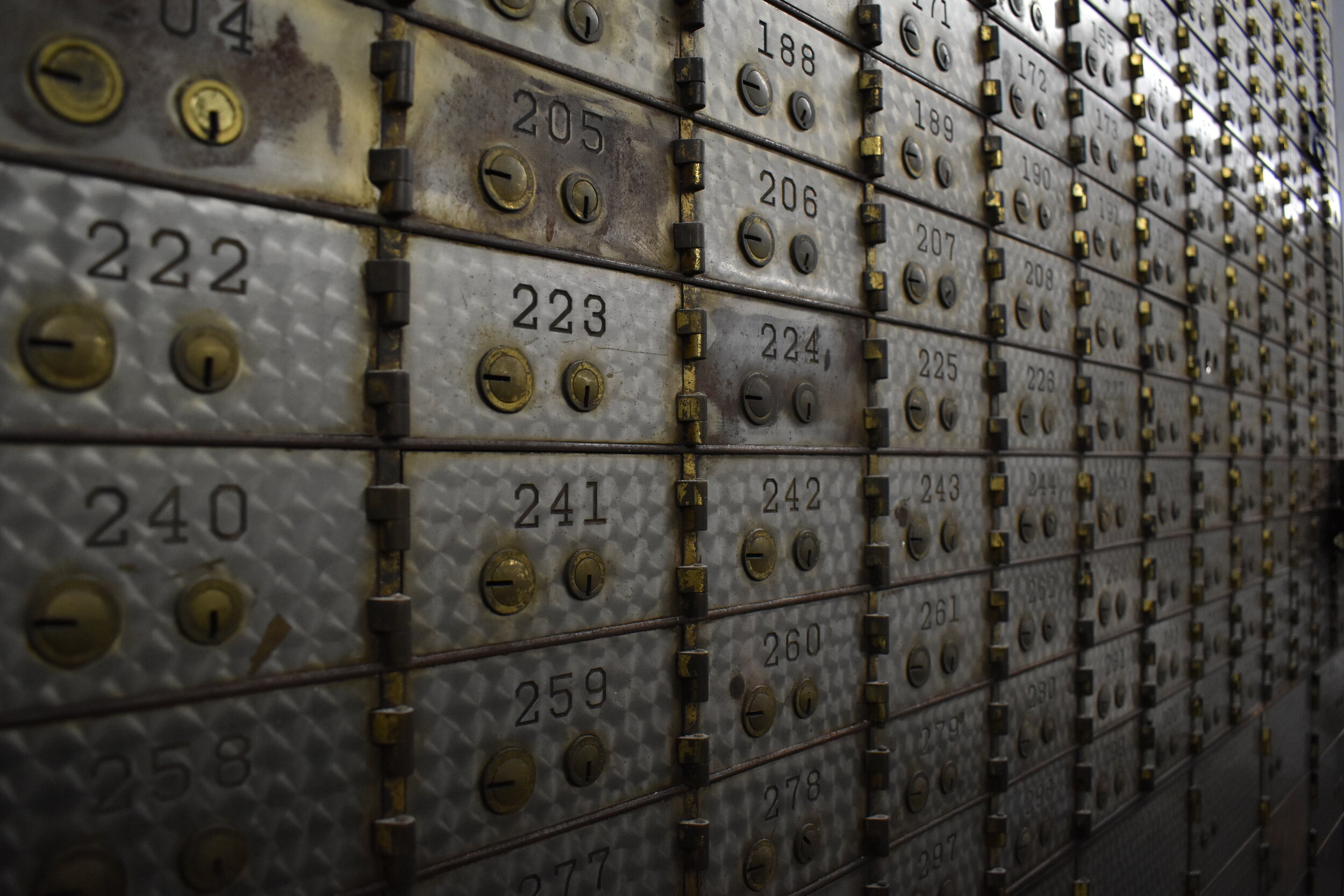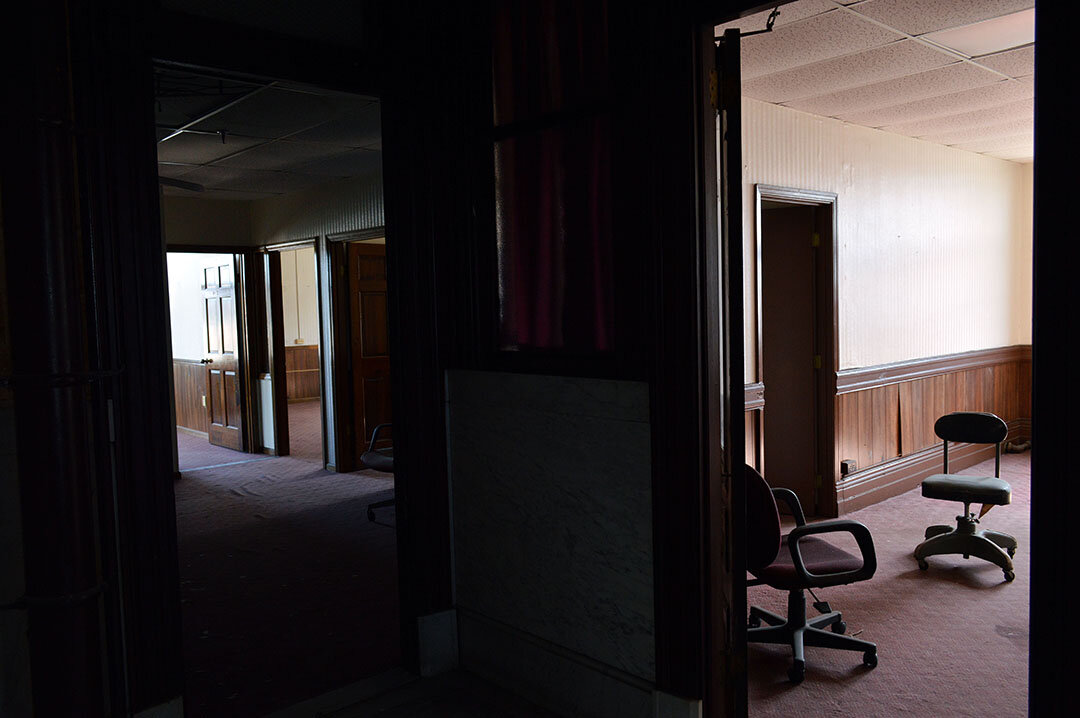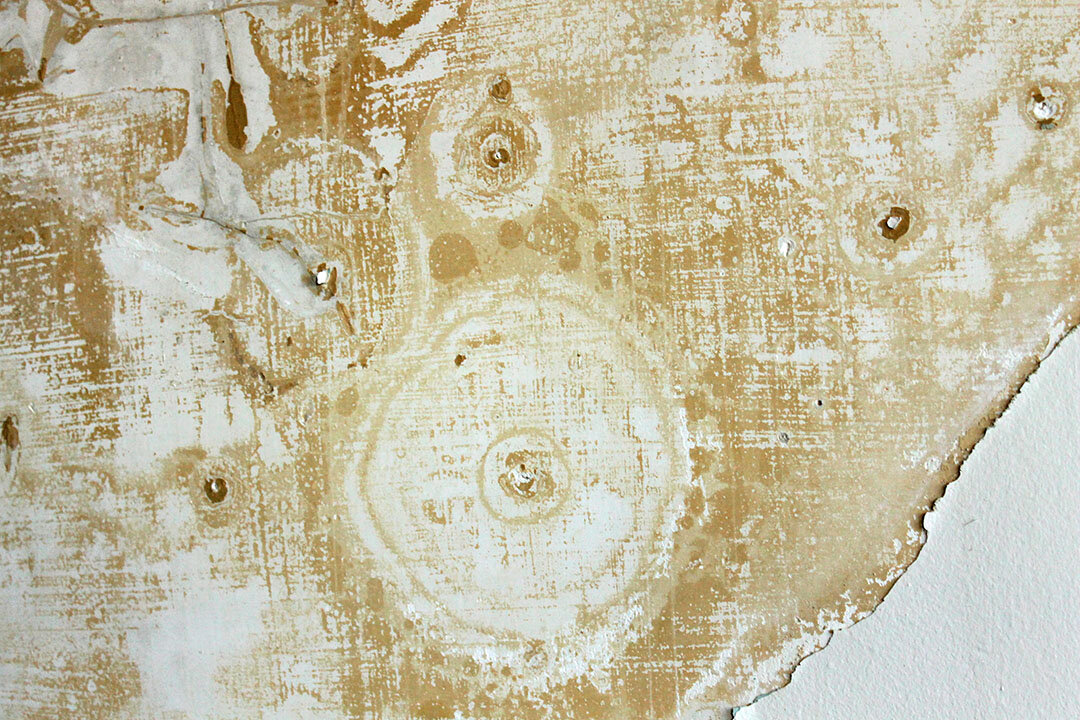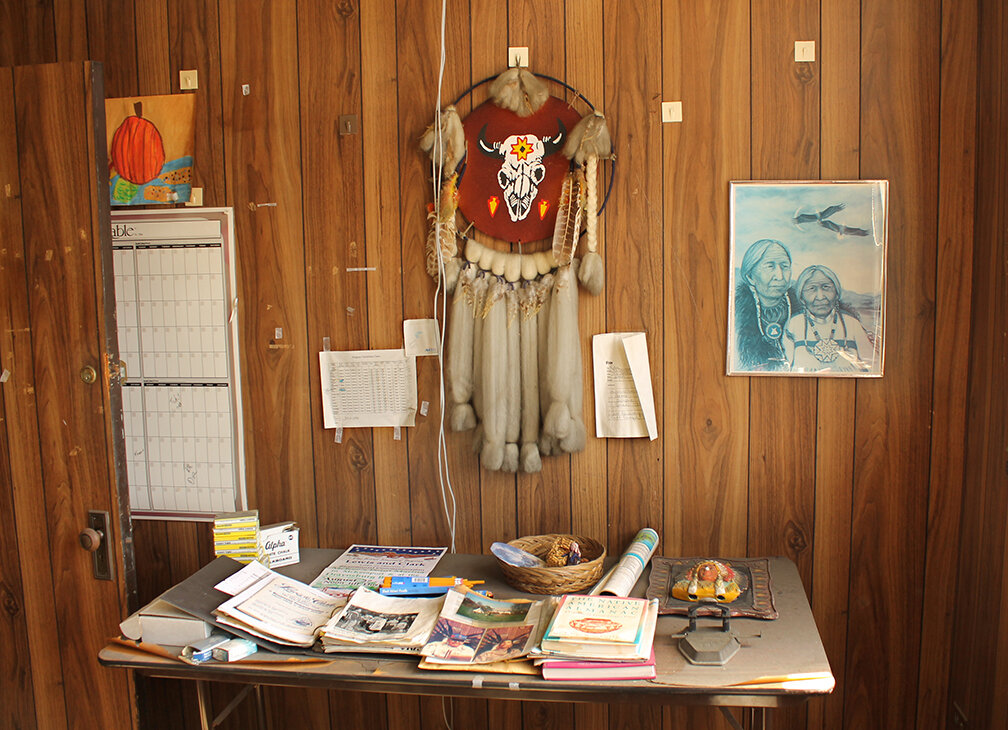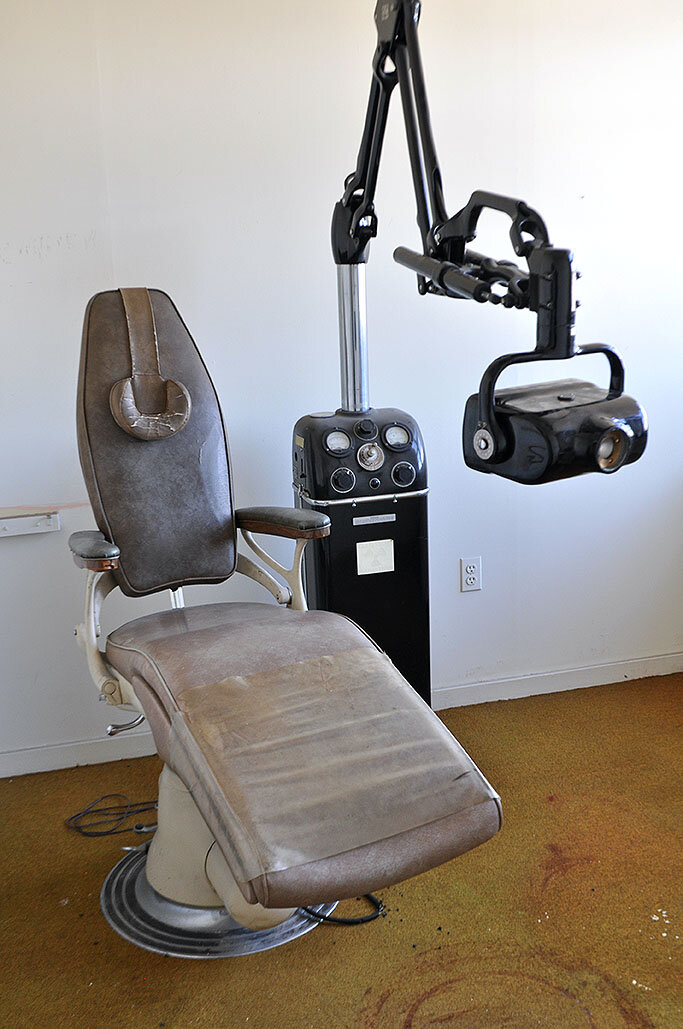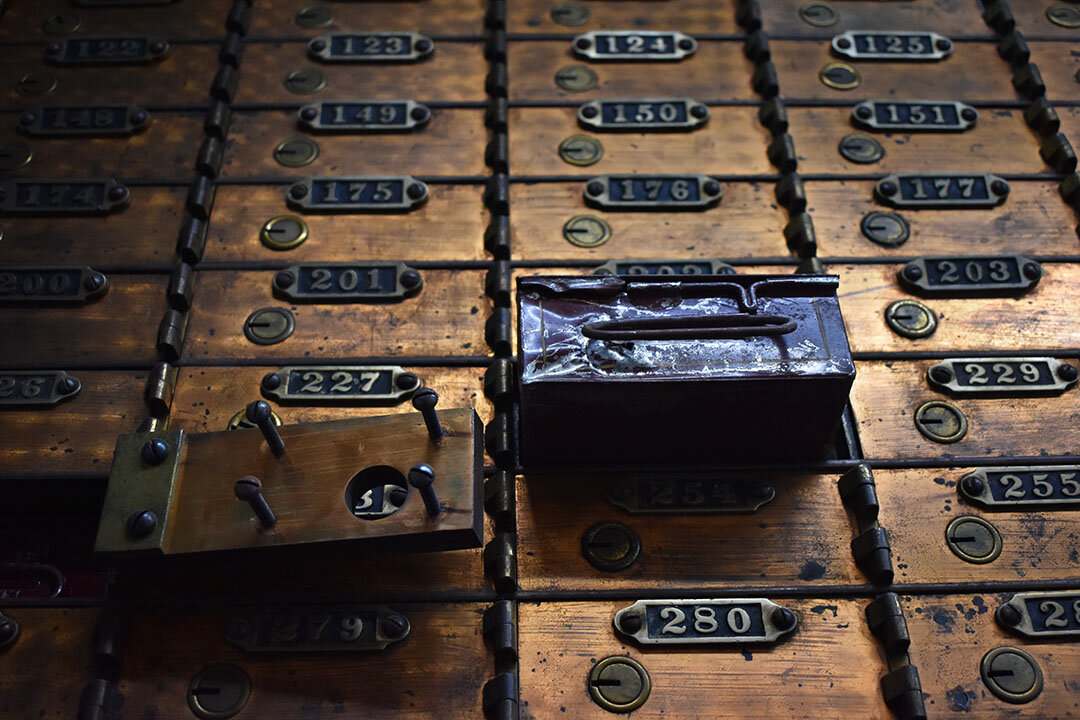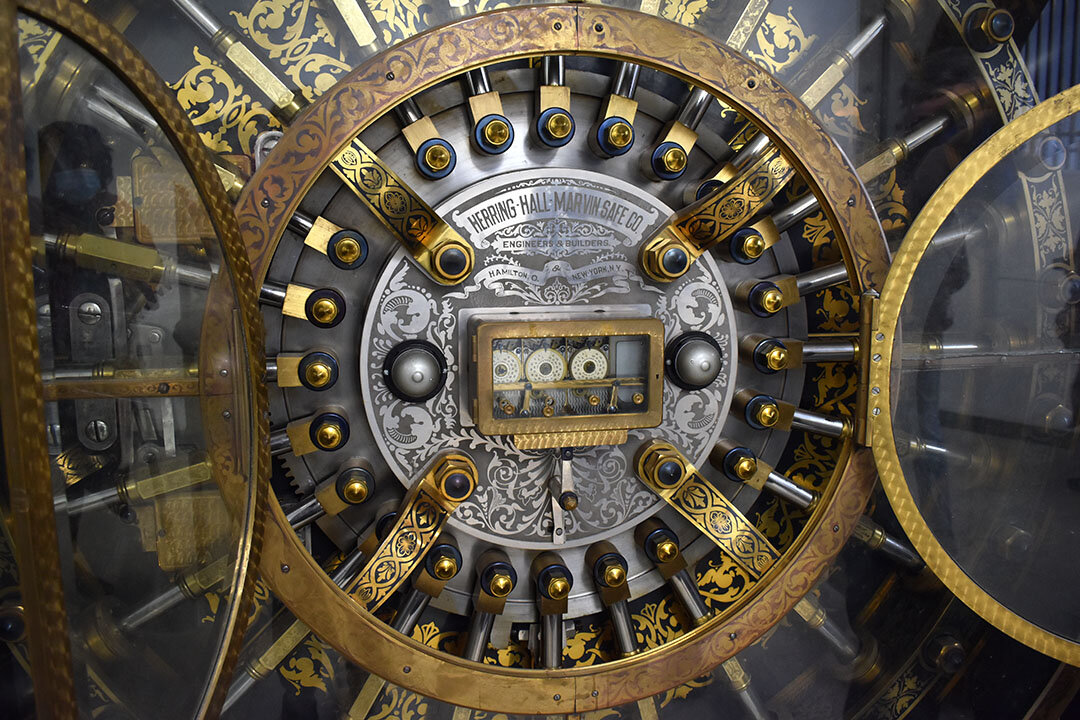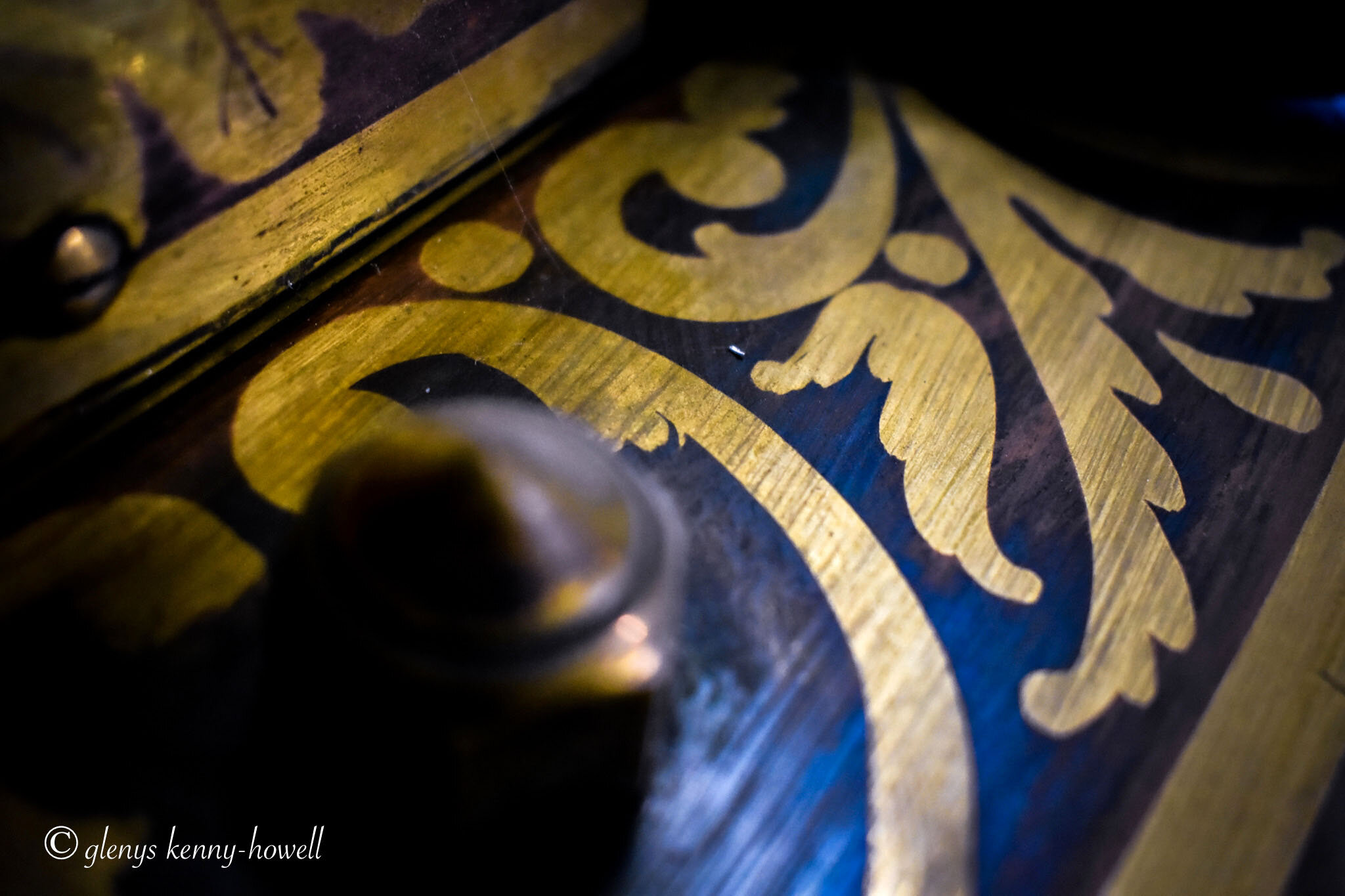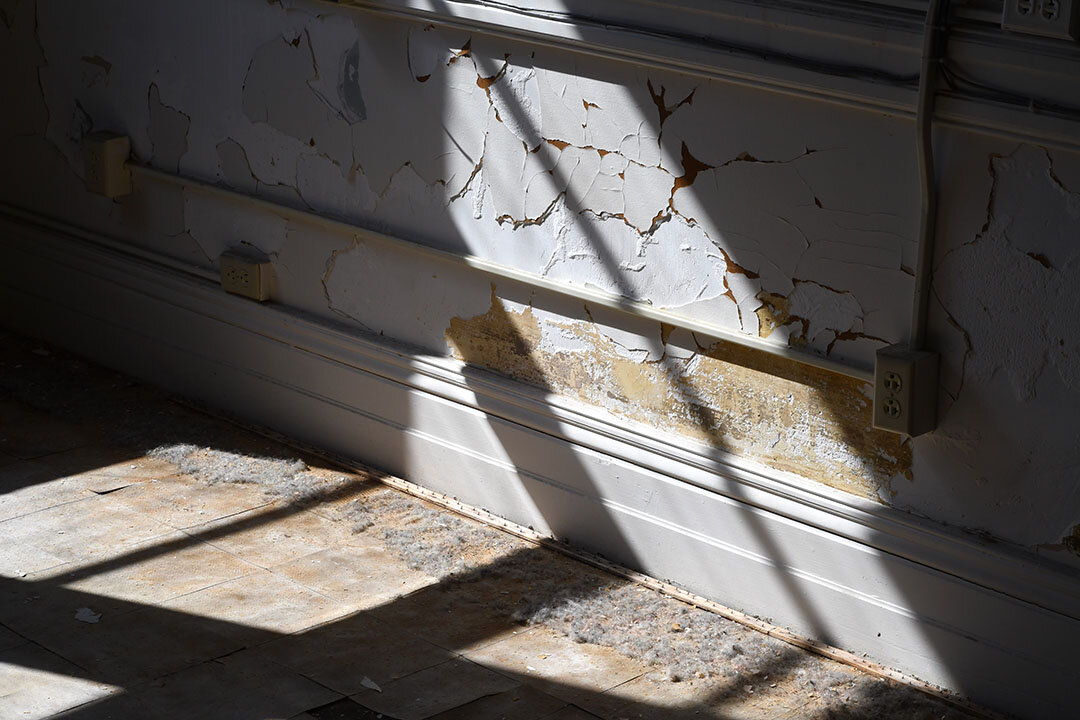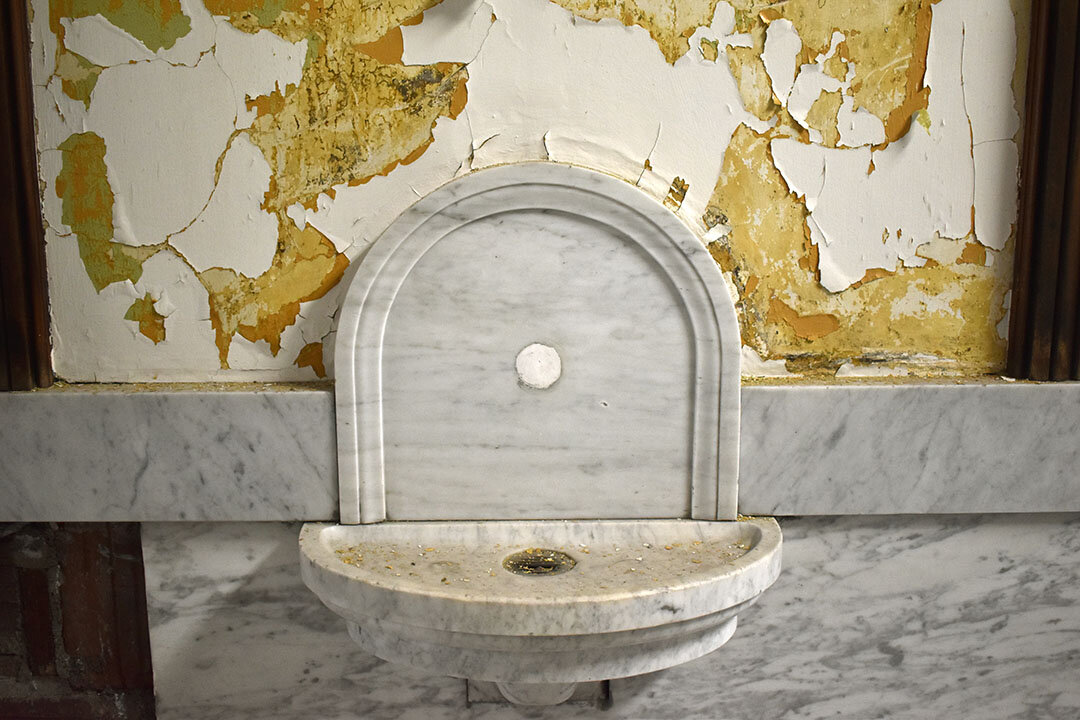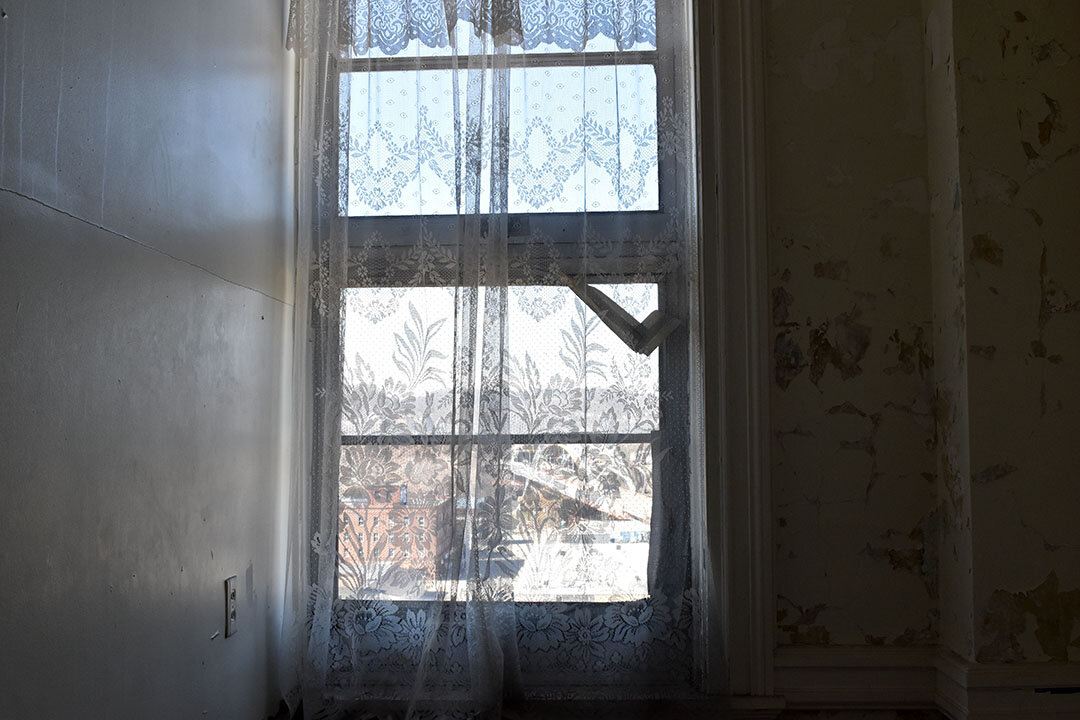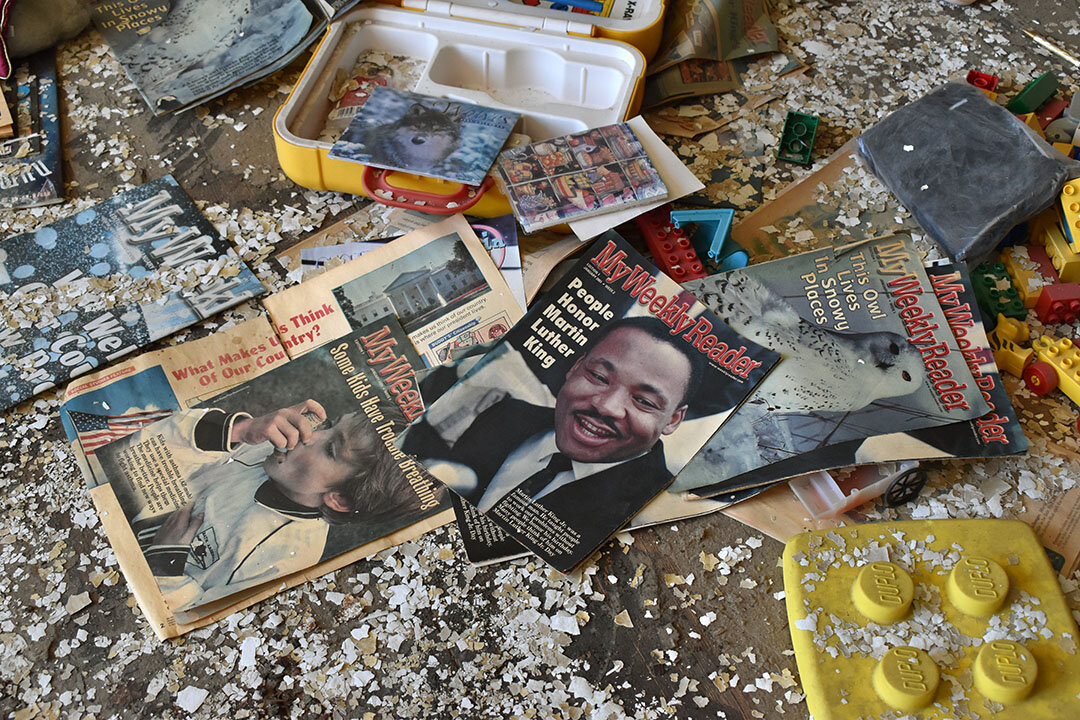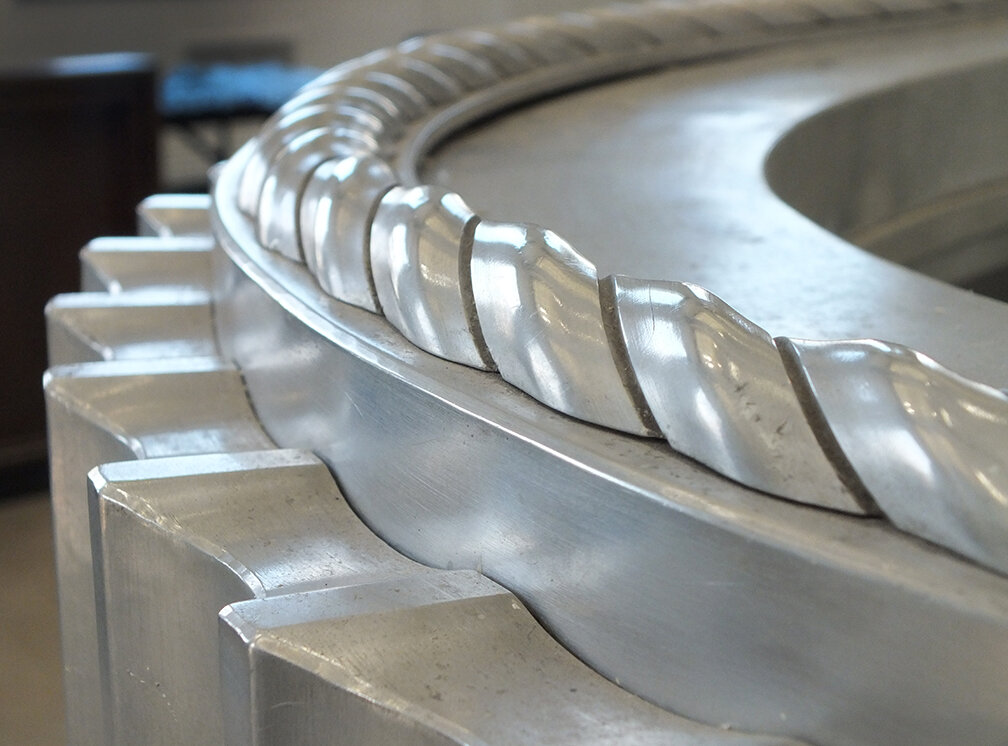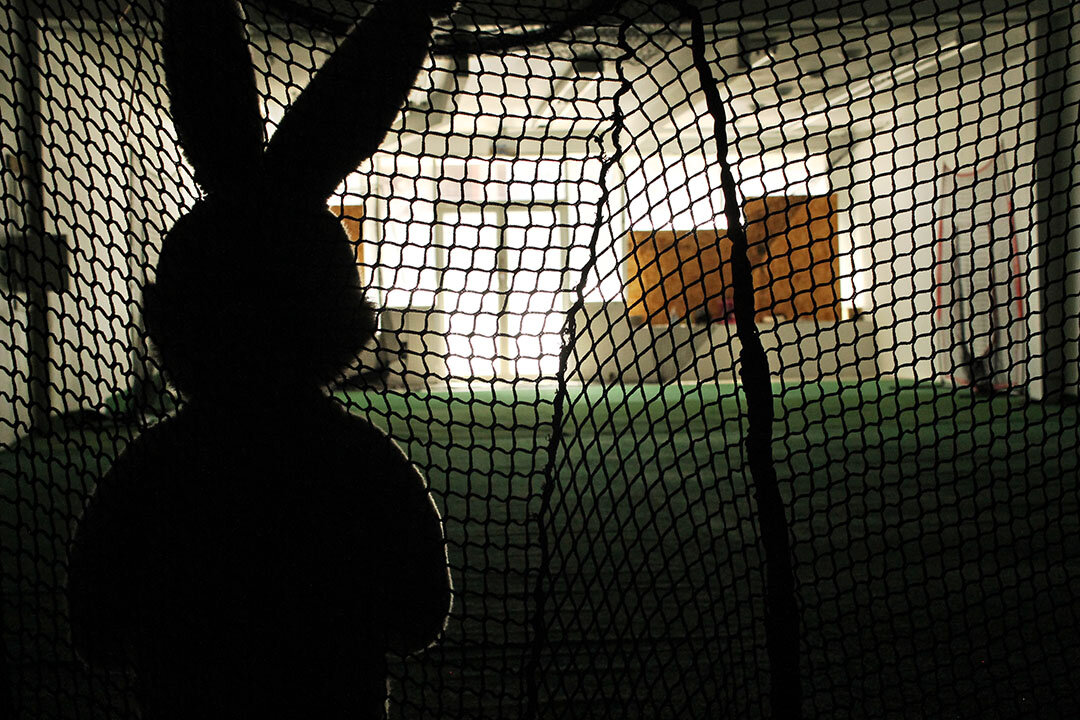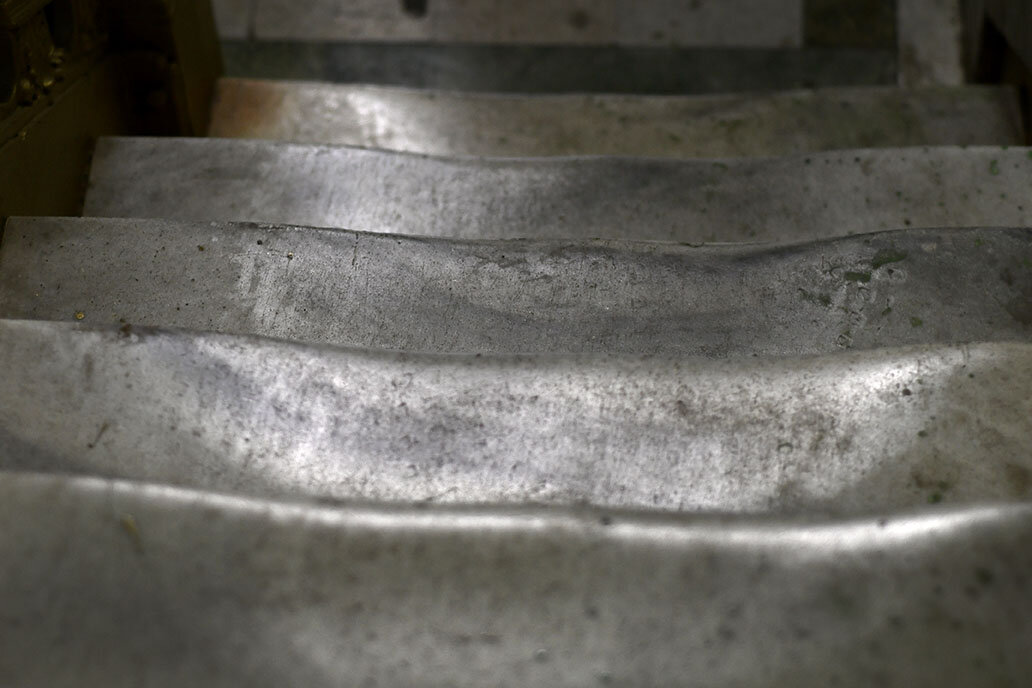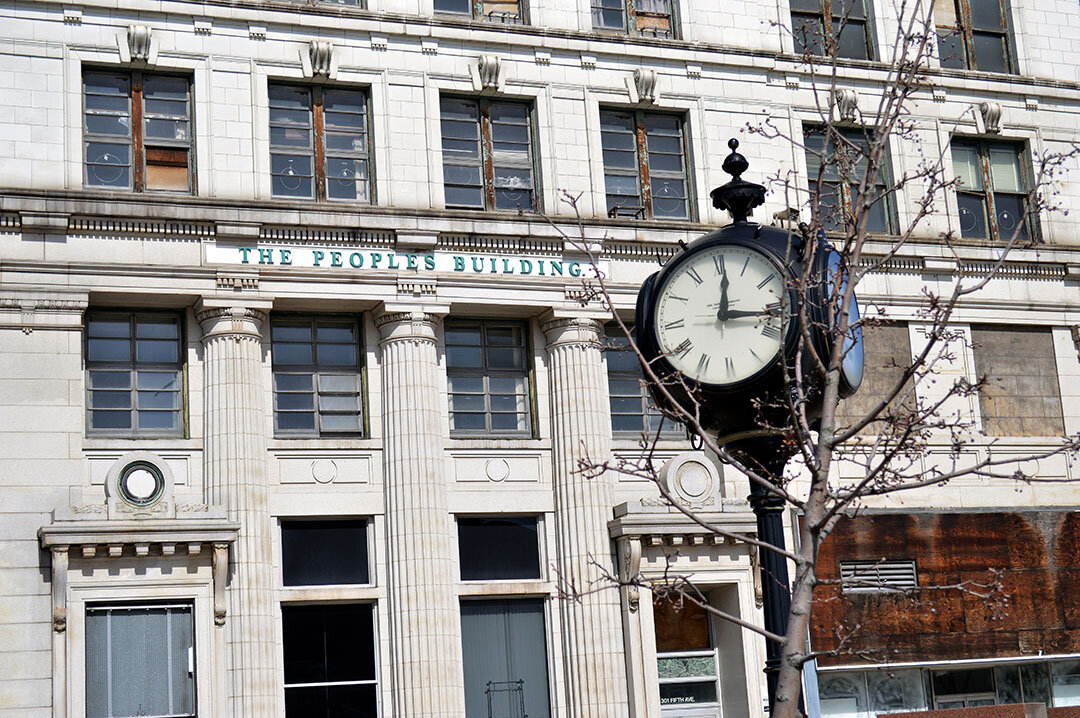The city of McKeesport was founded in 1760 by John McKee. The McKeesport of old was an influential city which offered mills, lovely buildings, factories, churches, and elegant society tea parties. The 8th floor stirred up in me the thought of a bird in a gilded cage. The height of the building, eight floors, was considered very tall – the proper height for a building.
The bank opened in 1907, believed to have been built by the Masons fraternal organization. The marble Greek pillars that frame the building were made of marble sections stacked and cemented together.
As our tour group Tube City Writers and photographers entered this grand building, we did not know what awaited us. The glass encased roster still lists names of modern day companies that once had offices at the old Peoples building. Names such as Auberle, Allegheny Valley Employment Center and Urban League Satellite Office were there and the American Indian Center.
Bill Brown, the caretaker of the building since 1979, told us of the magical transformation of the building, built long ago, but still beautiful. Now, the city is planning for the building to be renovated for new office groups to lease at $3 per square foot. Each 3,000-square-foot floor being features a wonderful scenic view of all sides of the city of McKeesport.
On the ground floor, the former bank still has 30 teller stations made of 1930s marble and aluminum castings, which once boasted 6-foot glass partitions to serve customers. “The teller’s stations were lit with gas all day,” Brown said. “There were no electric lights. This is the reason that the bank hours were from 9 a.m. to 3 p.m. The bank closed before it got dark outside. All of the marble floors of the eight story tall building were alike.”
Our first introduction to the building was the huge vault which was built in the 1930s. The massive door was nearly 100 years old. It was made in Germany and shipped here to this city. It took one year to build the door, and its width was 18” thick. It was hand forged. The vault itself had been upstairs, but was hoisted by a crane and dropped downstairs.
The door was beautifully crafted, made of bronze, brass, nickel, glass, chrome and stainless steel. “The bronze was acid etched,” said Jim Busch. I tapped my finger against the door, and found it was very hard. The century old pins still moved slowly, so that if you were stuck inside after the door closed, you could still breathe. File and safe boxes that contained birth and death certificates were once here.
“It looks like a clock,” said tour member Jennifer McCalla.
“I love the etchings on the door,” said Martha Rial, project manager for the McKeesport Community Newsroom, another member of the tour.
I too loved its intricate beauty and mentioned that to the group — I could have stood there looking at it all day, while thinking back to the era when it was created.
All of the hallways and floors were made of marble. Wooden siding was on all of the doors and in every room – a true work of craftsmanship. We walked through a maze of rooms, both large and small, connecting the centuries.
The bank had been built in the early part of the century, and in later years, the building began to have new occupants. These offices came to the building around 1950. We learned that over the years there had been offices there that had been used by dentists and doctors.
Frosted glass windowpanes were still on the wooden office doors. The office hours were still stenciled on the doors – even the word “PRIVATE” was written on one in capital letters. Some of the smaller rooms had doors with ornate door handles.
The building allowed you to see a beautiful view of the entire city through opened office door windows, even as we walked through the hallways. As I looked out of a seventh floor window, I saw the black wrought iron city clock on Fifth Avenue, with Roman numerals on it, that was built in front of what once was the demolished Cox Department Store lot. The name “COX” is engraved in the pink and gray marble pavement near the sidewalk. The clock fits the old nostalgia of the building’s early 20th century period.
But the real tourist attraction was on the fourth floor, old style, dentist chair with a 1950s x-ray machine. It was still in the old unused, office and there was empty rack that once held free booklets about dental care on the wall. “Ding dong!” Did I press a doorbell that led into that office? Yes! There was a doorbell on the dentist’s office door.
As the other Tube City Writers and Mon Valley Photography Collective walked around taking photographs of wonderful things in the old building that caught their eye, our tour guide whisked the rest of us over to a doctor’s office. It may have been a psychiatrist who had a few mental patients because he left behind two brightly colored rooms. There was also a small “jail cell” with bars right there in his old office. So the fourth floor was where the professionals – dentists, doctors and lawyers had their offices in the 1950s. One office even had a nice old kitchen in it.
Around the 1970s and ‘80s other groups came to the building: The Urban League Satellite Office helped people get jobs. The Allegheny Employment Agency came there in 1969 and stayed for 10 years. Echo Star came in the 1990s and put in air conditioning. Before that, all of the offices opened windows for air. The Auberle Group formerly known as “Boys Town” held classes there from 2003 to 2009 for both boys and girls. They had even installed baby diaper changing station on the wall in one of the smaller rooms.
There was one other office that impressed me. A Native American Cherokee Indian woman, named Lydia Hale, who has since passed away, ran the Three Rivers Indian Center from 2000 to 2011. The center helped inmates and citizens find housing and food. Her group and the Catholic Charities sponsored the Lewis & Clark Bicentennial Commemoration at the McKeesport Point Marina in 2003.
McKeesport Housing once also had an office there at the old building, from late 1990 until 2000, when the office moved to a new location, leaving behind a brass candlelight chandelier in one of the old offices.
Eventually, the doctors and the lawyers to whom the building was given thought it was becoming too expensive to maintain. There was a dispute over a gas bill, so the professionals gave it to the city. The dispute continued between the owner of the historic building and the then-mayor. All leading to the building’s eventual closure.
Soon it was time to leave the old Peoples building. Brown, two photographers and I crowded into the elevator. We quickly arrived at the lobby, where we found everyone who had taken the tour saying goodbye to each other. I said my goodbyes to everyone also, and as I began to walk out of the door leaving behind an almost magical day for me, I noticed a “NO LOITERING” sign on the wall; since the tour was over, we didn’t, and everyone went home.
- Colette Funches


